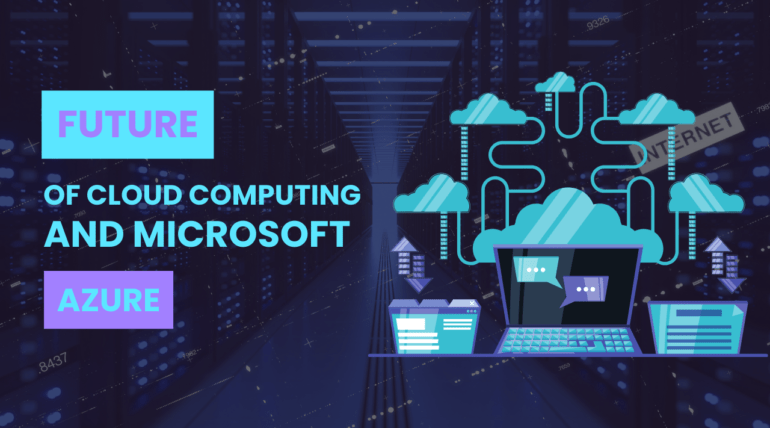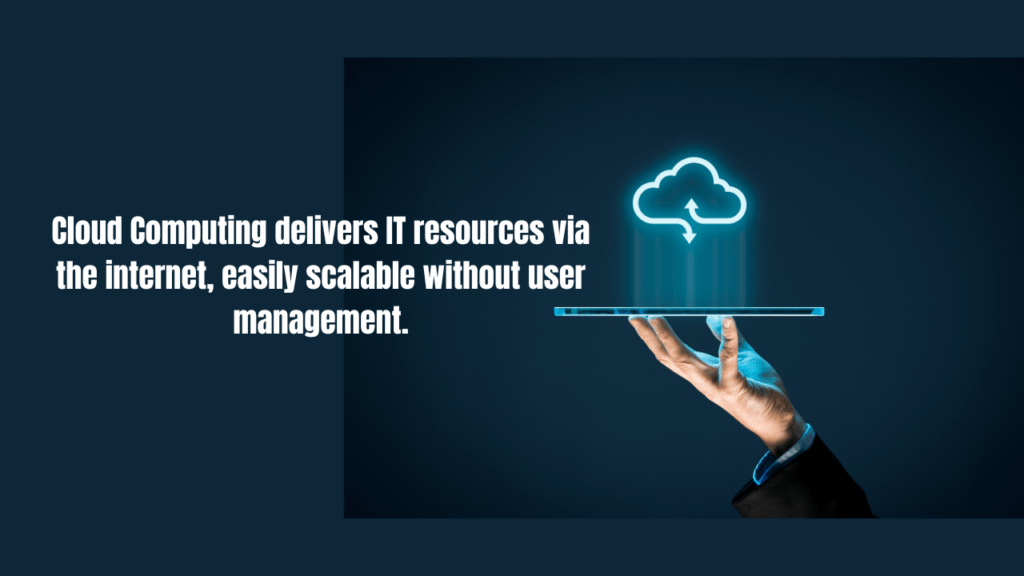
Think of it like this: instead of having your physical servers, storage, and networking equipment, you can rent access to these resources from a cloud provider like Microsoft Azure, Amazon Web Services, or Google Cloud Platform. It can be much more cost-effective and efficient, especially for small businesses or individuals who don’t need a lot of computing power all the time.
The evolution of cloud computing and Microsoft Azure is a fascinating story of innovation and adaptation.

Cloud computing started gaining traction with pioneers like Amazon Web Services (AWS) offering Infrastructure as a Service (IaaS) in 2006.
Microsoft entered the scene with “Project Red Dog,” later named Windows Azure, focusing on Platform as a Service (PaaS) for developers in 2008.
Windows Azure was officially launched, emphasizing Windows integration and developer tools in 2010.
In 2012, Azure expanded services like SQL Server, embraced open source, integrated with Linux, and acquired key assets like Xamarin for mobile development. It invests heavily in Artificial Intelligence (AI) and Machine Learning (ML) with Azure Machine Learning Studio. Introduces serverless computing (Azure Functions) and expands its IoT and blockchain offerings. Azure focuses on hybrid and multi-cloud solutions, containerization with Azure Kubernetes Service, and continuous integration/continuous delivery (CI/CD) pipelines.
Cloud computing also has some applications:
Business Applications: Cloud-based customer relationship management (CRM) tools, enterprise resource planning (ERP), and accounting simplify operations and collaboration.
Software Development: Developers can leverage cloud platforms to build, test, and deploy applications quickly and efficiently, with services like virtual machines, containers, and serverless functions.
Data Analytics: Cloud platforms offer scalable storage and processing power for big data analytics, enabling businesses to gain insights from massive datasets.
Machine Learning and AI: Cloud platforms provide the resources and tools to develop and deploy AI and machine learning models, facilitating innovation in various fields.
Remote Work and Collaboration: Cloud-based productivity tools and communication platforms enable seamless collaboration and access to data from anywhere, anytime.
Some major factors of cloud computing include Cost efficiency, Scalability and flexibility, accessibility and availability, Agility and innovation, Security and Compliance.

Future use of cloud computing and Azure will be as essential as electricity or the internet, embedding into every aspect of our lives, for cases like the below:
Hybrid and Multi-Cloud Adoption: Organizations will increasingly utilize hybrid and multi-cloud strategies, combining public cloud services with on-premises infrastructure and other cloud providers.
Edge Computing: Processing data closer to the source in edge devices will become more prevalent, reducing latency and improving performance for real-time applications.
Quantum Computing: Integration of quantum computing capabilities into cloud platforms will revolutionize scientific research, materials science, and financial modeling.
AI and ML Everywhere: AI and machine learning will be embedded into almost every aspect of cloud computing, automating tasks, optimizing resource allocation, and personalizing user experiences.
Focus on Sustainability: Cloud providers will prioritize energy efficiency and renewable energy sources to reduce the environmental impact of data centers.

Azure is well-positioned to remain a leader in the cloud computing landscape. Its focus on hybrid and multi-cloud solutions, continuous innovation in AI and ML, and commitment to sustainability will be key factors in its future success. Azure’s strong partnerships with other industry leaders and its diverse range of services cater to the evolving needs of businesses in various sectors.
Overall, cloud computing and Microsoft Azure offer immense potential for businesses of all sizes. Organizations can leverage these technologies to gain a competitive edge, improve efficiency, and drive innovation by understanding their applications, importance, and future trends.






